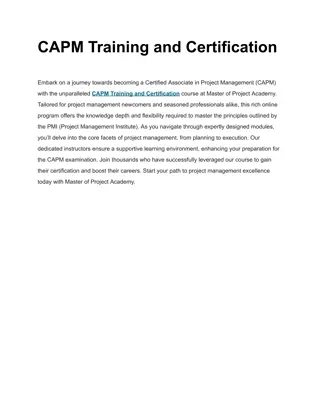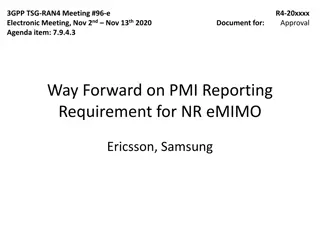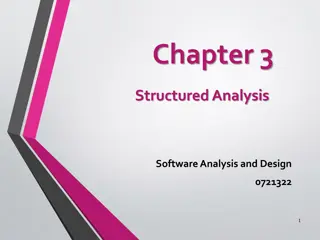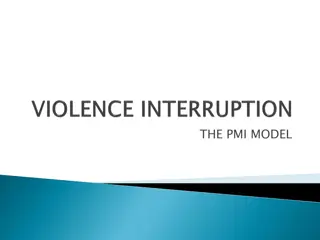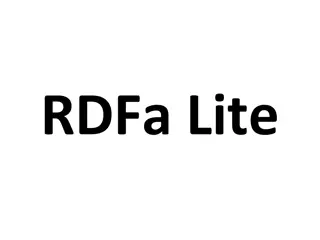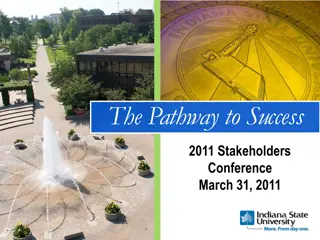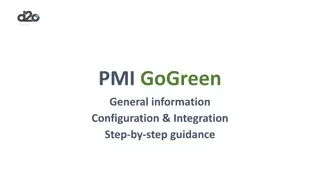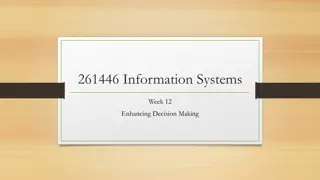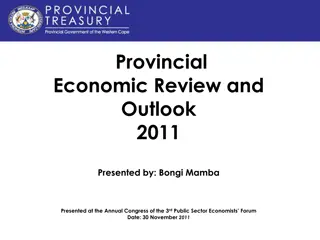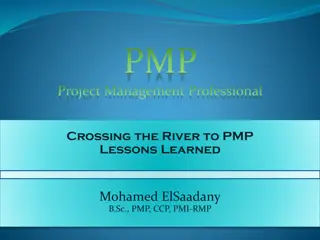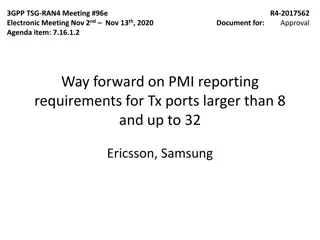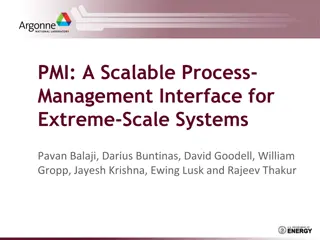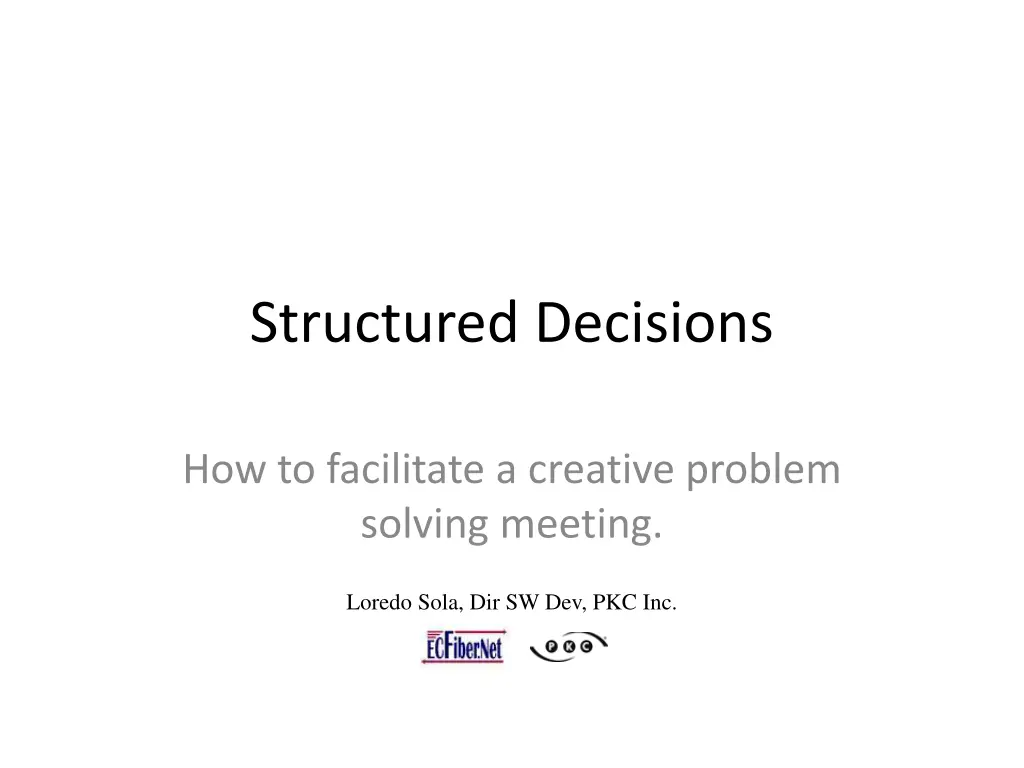
Creative Problem Solving Meeting Facilitation Guide
Learn how to facilitate a creative problem-solving meeting using a structured decisions approach to address complex project issues effectively. Discover the roles, process outline, and steps to iterate through concerns and solutions for optimal results.
Download Presentation

Please find below an Image/Link to download the presentation.
The content on the website is provided AS IS for your information and personal use only. It may not be sold, licensed, or shared on other websites without obtaining consent from the author. If you encounter any issues during the download, it is possible that the publisher has removed the file from their server.
You are allowed to download the files provided on this website for personal or commercial use, subject to the condition that they are used lawfully. All files are the property of their respective owners.
The content on the website is provided AS IS for your information and personal use only. It may not be sold, licensed, or shared on other websites without obtaining consent from the author.
E N D
Presentation Transcript
Structured Decisions How to facilitate a creative problem solving meeting. Loredo Sola, Dir SW Dev, PKC Inc.
Whats the problem? Projects run into large complex problems that are hard to understand and analyze. Complex problems can have several solutions and different variations around each solution. Problem solving and analysis of potential solutions are critical project management skills. PMBOK isn t much help.
Whats the answer? Structured Decisions: a deceptively simple approach that works in almost any situation where one or more potential solutions have been suggested, but need to be evaluated. Using an efficient method to articulate and evaluate solutions to problems can be a big time saver.
Roles and Responsibilities A natural role of the project manager is to facilitate a group structured decision process. Identify a problem owner which maybe the project manager. The problem owner will make a few key decisions along the way.
Outline of the process Problem statement that generally begins with How to Brief solution statement(s) List of Plusses for each solution List of concerns for each solution
Biggest concerns After listing all concerns identify the biggest concerns. Focusing on the biggest concern list Options around this concern. Continue developing options until this concern is not-so-big.
Iterate through the biggest concerns Once the problem owner indicates the concern has been reduced move on to the next concern. Develop options around this next concern. Continue until problem owner says remaining concerns are not-so-big.
Iterate through the solutions Continue to list plusses, concerns for the next solution. Problem owner ranks concerns. Develop options around biggest concerns. Do this for all the listed solutions.
Next Steps Problem owner chooses most promising solution looking over all the lists. Discussion frequently combines solutions or options around concerns to create the best solution. Develop list of next steps from this solution.
WBS The list of next steps is usually very close to a first draft of WBS. Assign dates and people to the WBS. Work the plan.
Solution Document Transcribe the entire whiteboard into an outline style document called the Solution Document. Email the Solution Document to participants and any other interested stakeholders. Solution Document can be a great communication tool.
Solution Document Outline Format: Solution 1 Plusses Pluss 1 Pluss 2 Concerns Concern 1 Option 1 Option 2 Concern 2 Option 3 Option 4 Next steps Step 1 Step 2 Solution 2
Helpful approaches Write problems, solutions, plusses, concerns and options, and next steps on a large pad or white board. Make sure everyone s ideas are written down. Don t write the same idea twice. Instead point out the idea is already recorded. Don t attach names to ideas. Don t write detailed explanations. Short phrases that trigger thoughts is enough.
Lets try it Get a problem and problem owner from the group. Use white board to facilitate a Structured Decision session.

